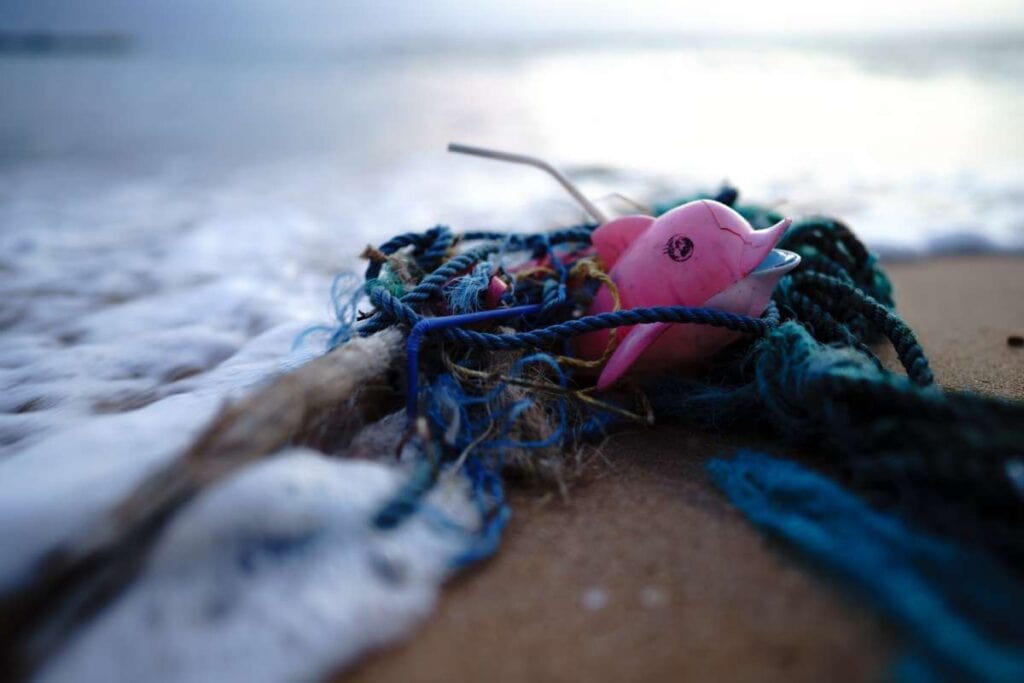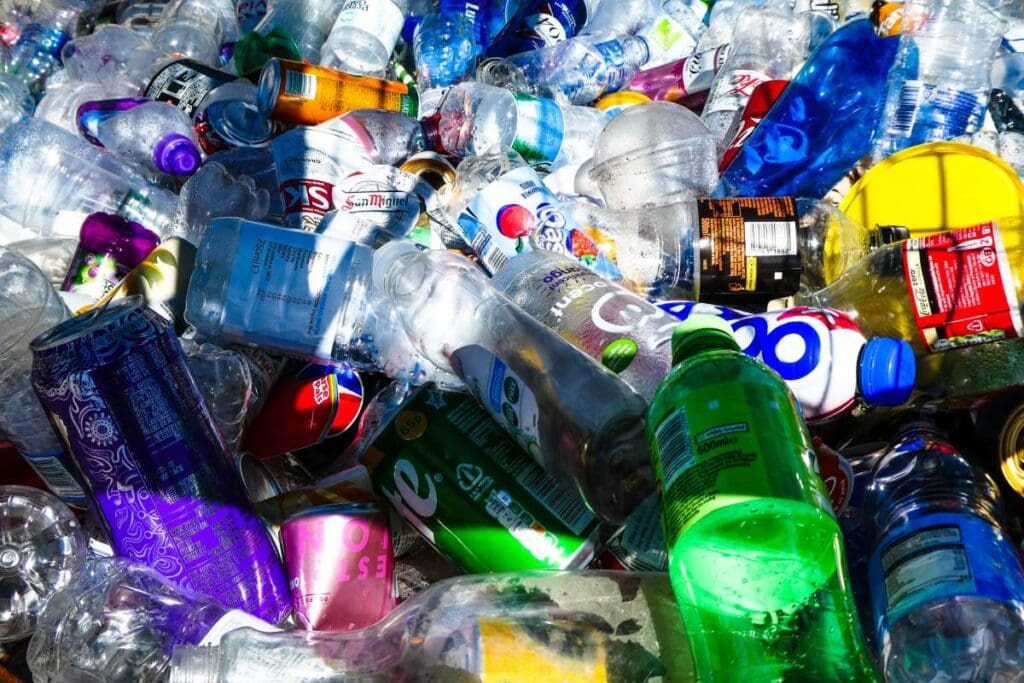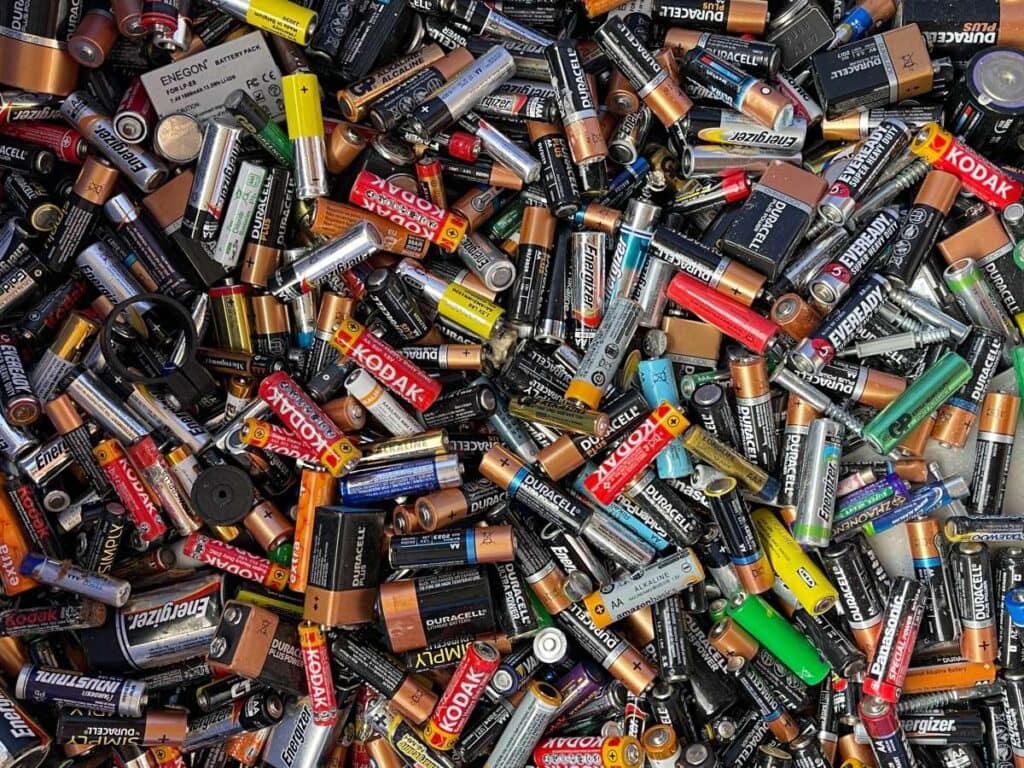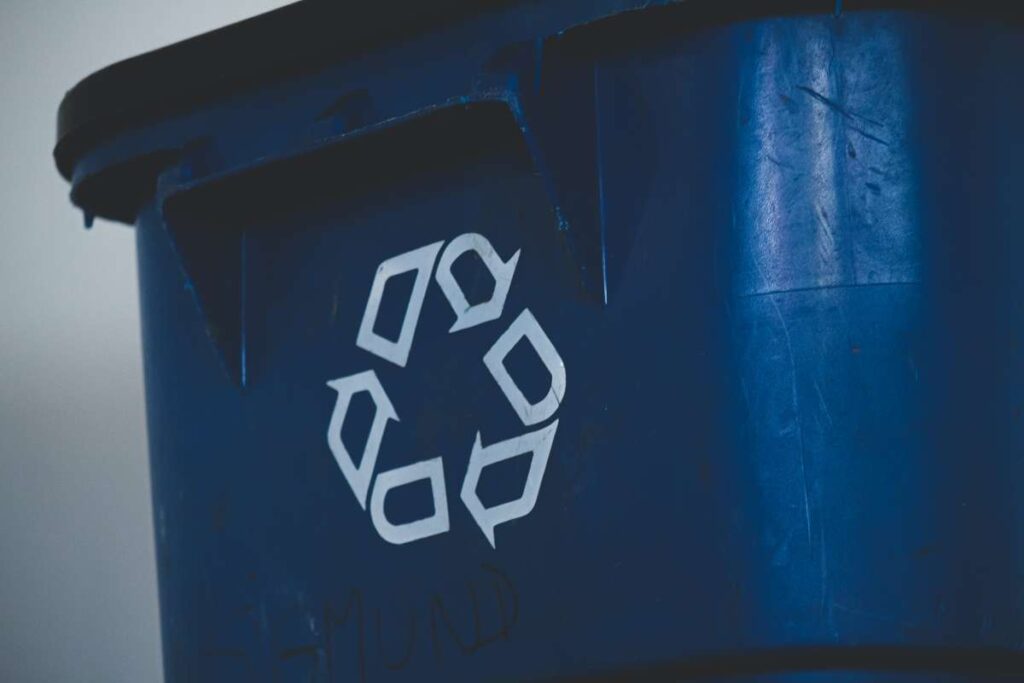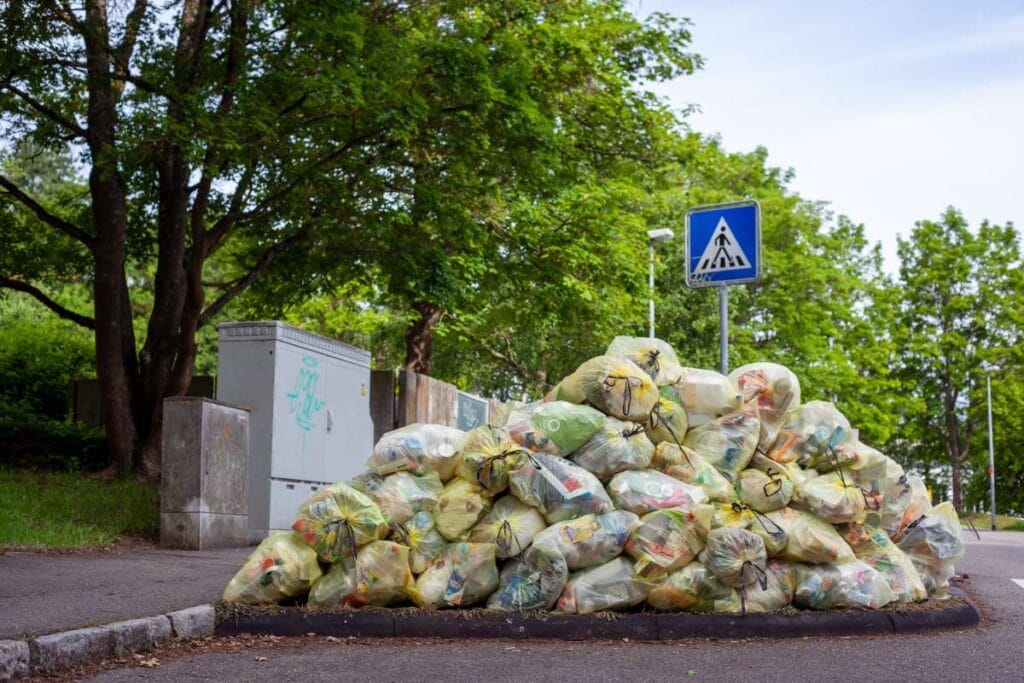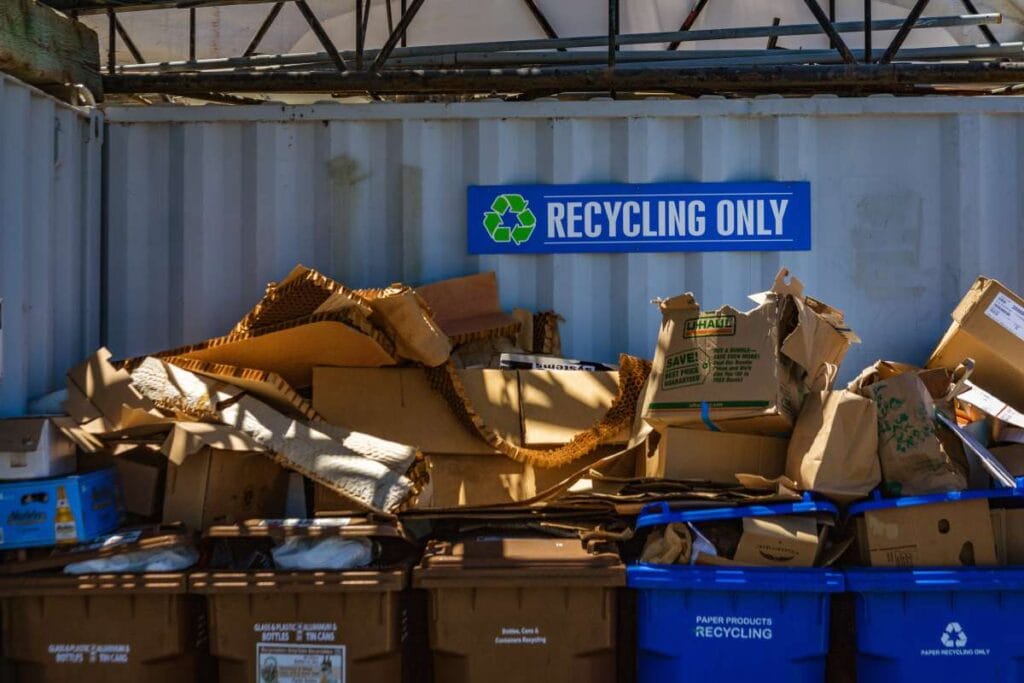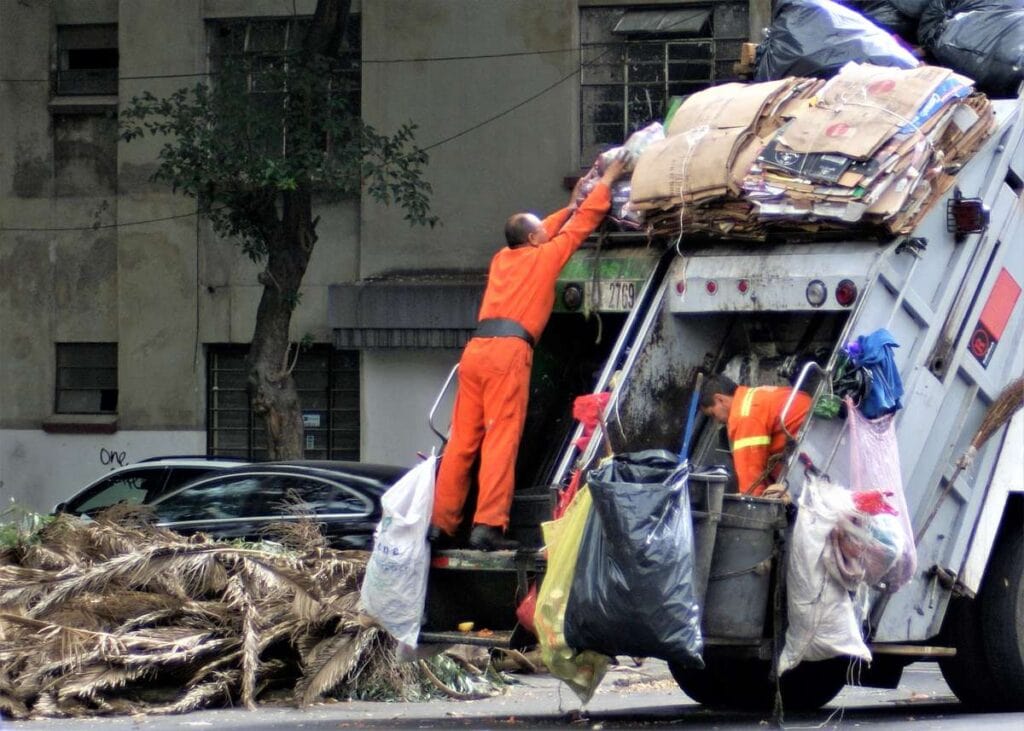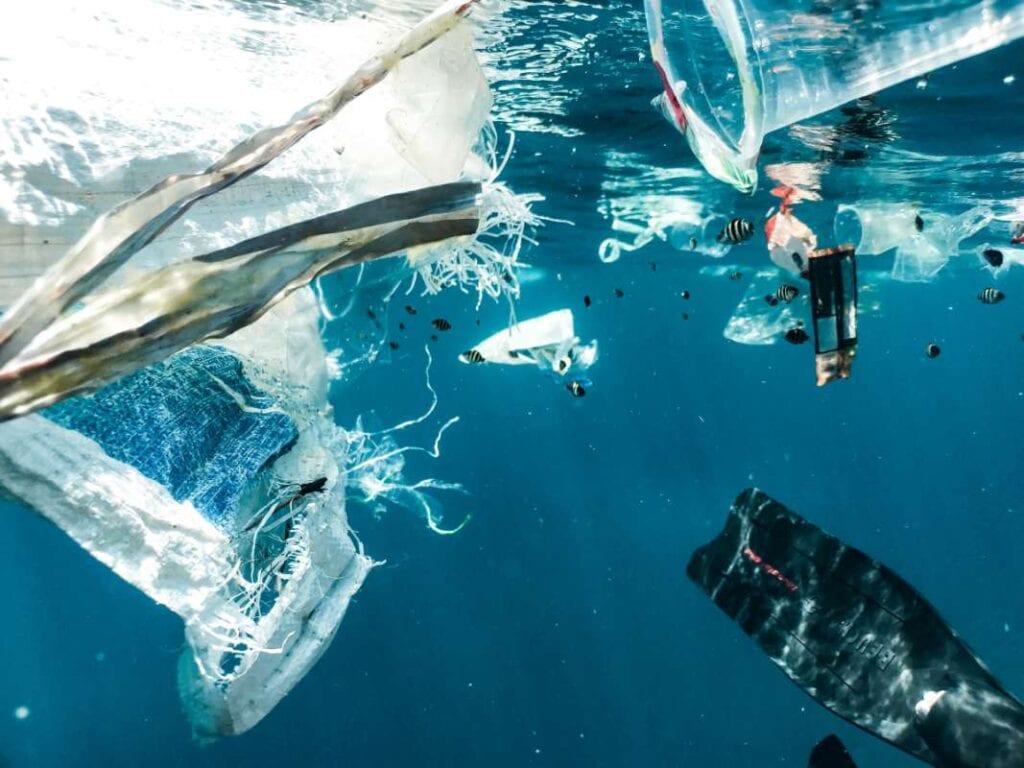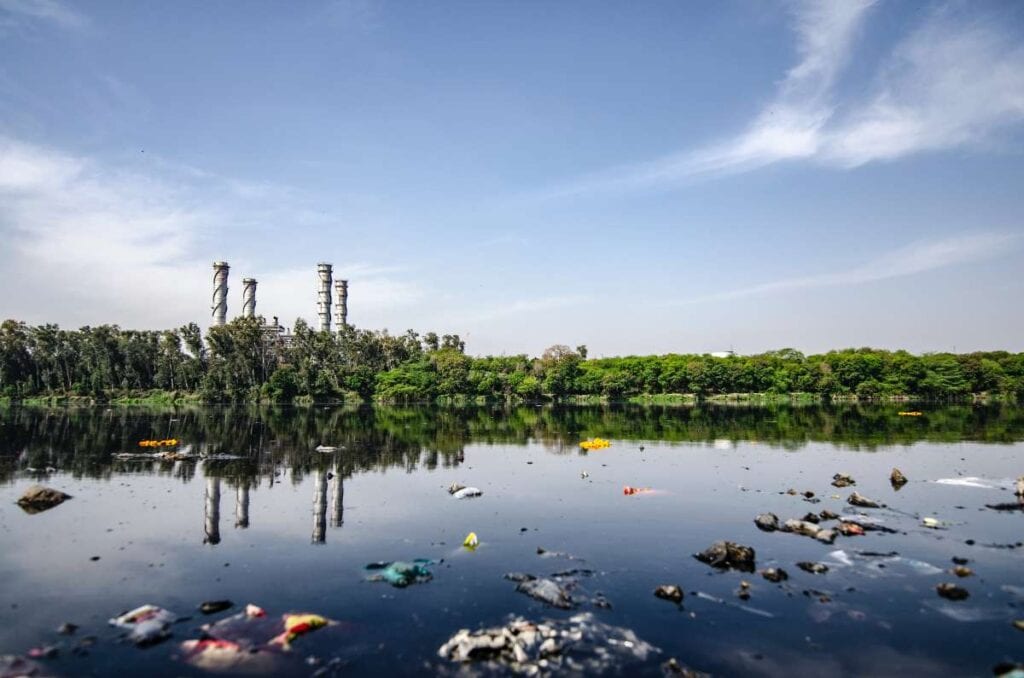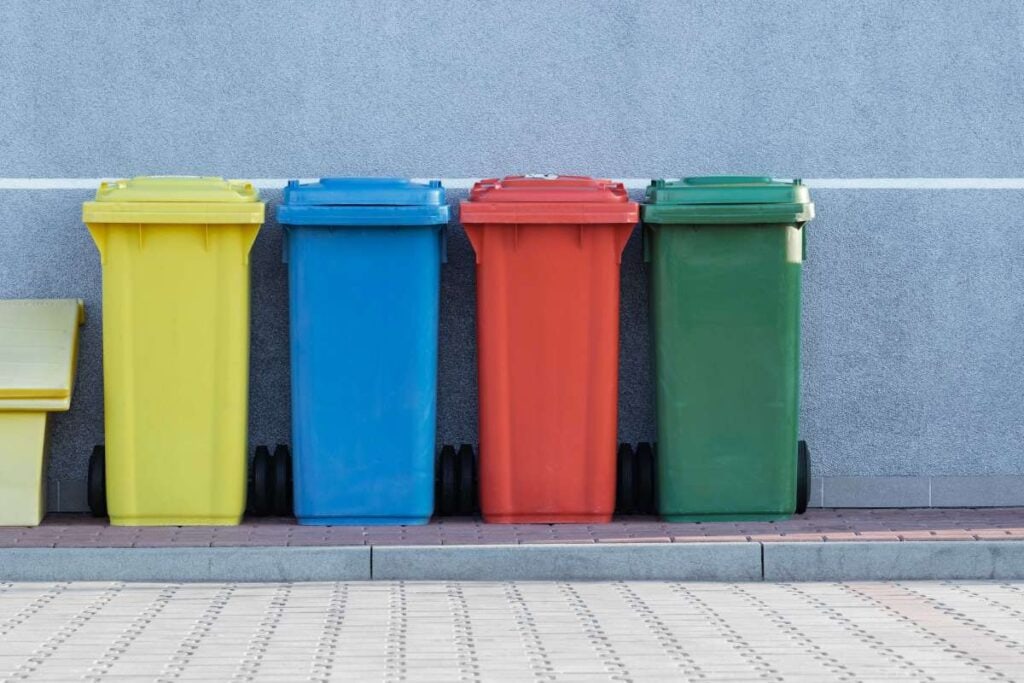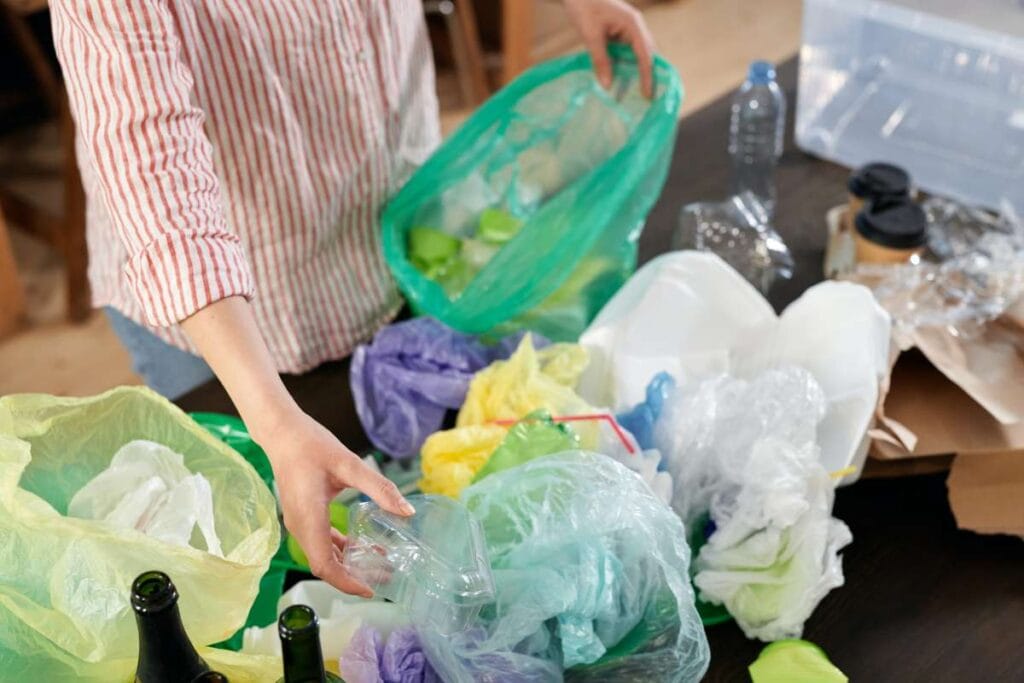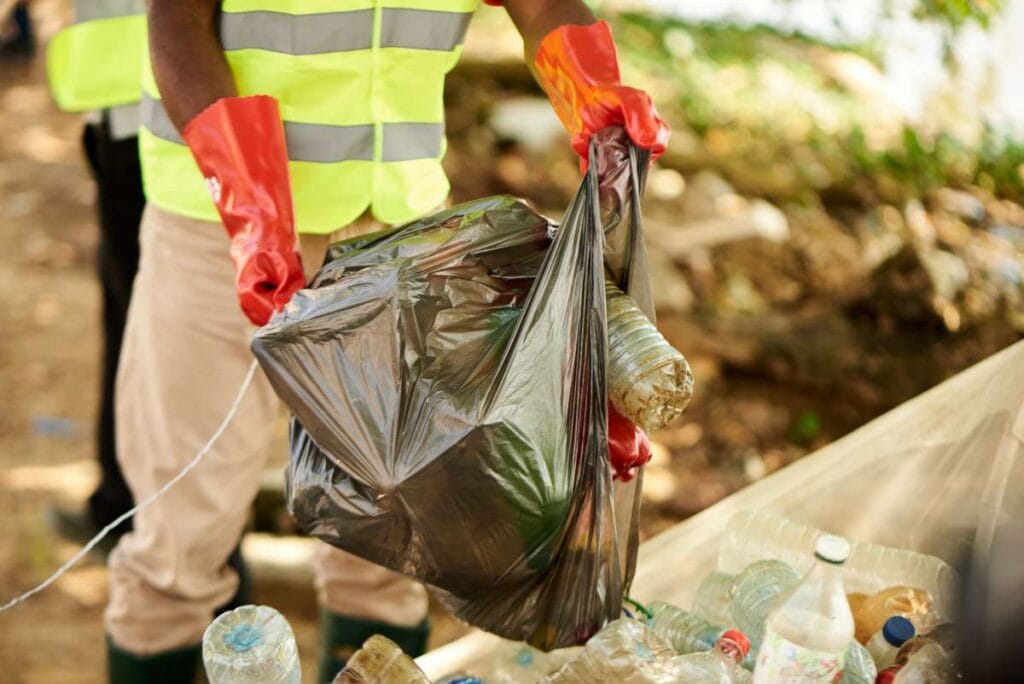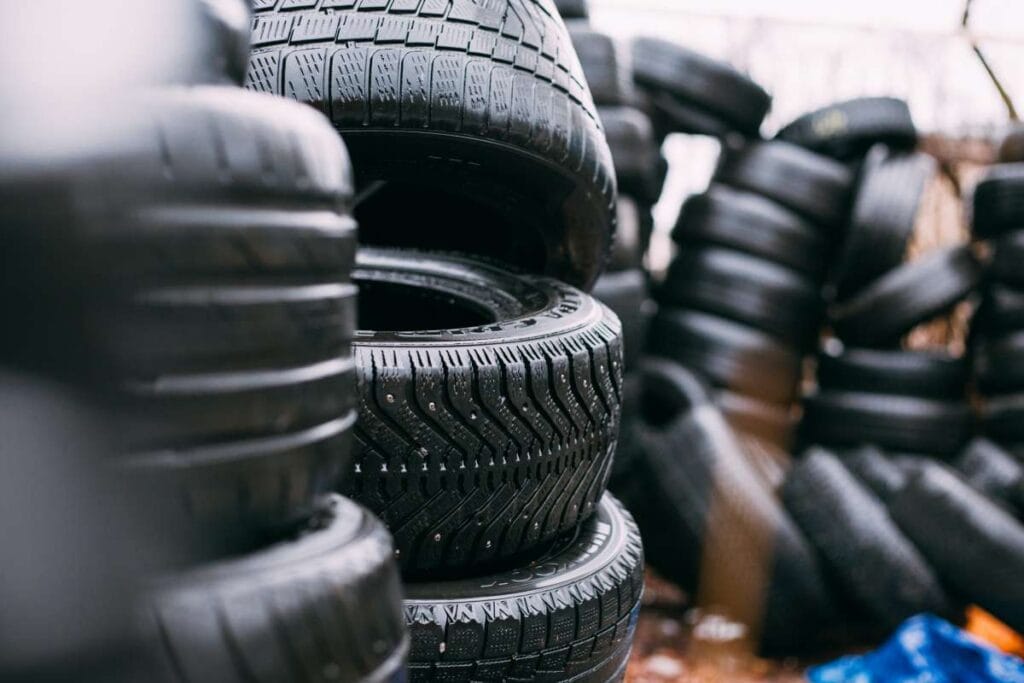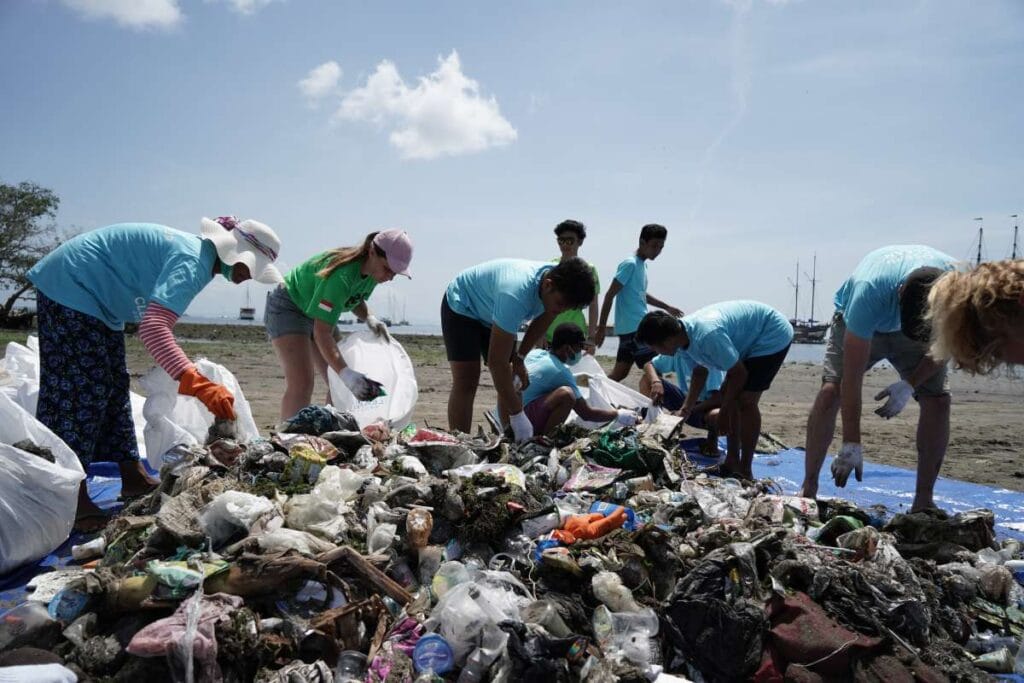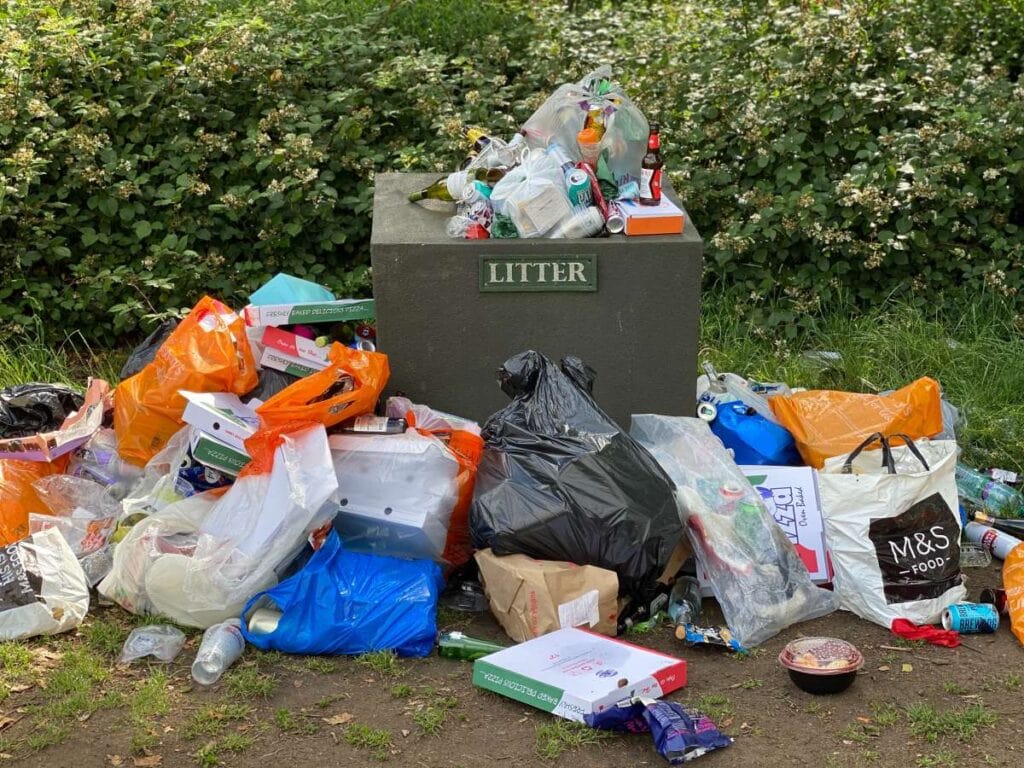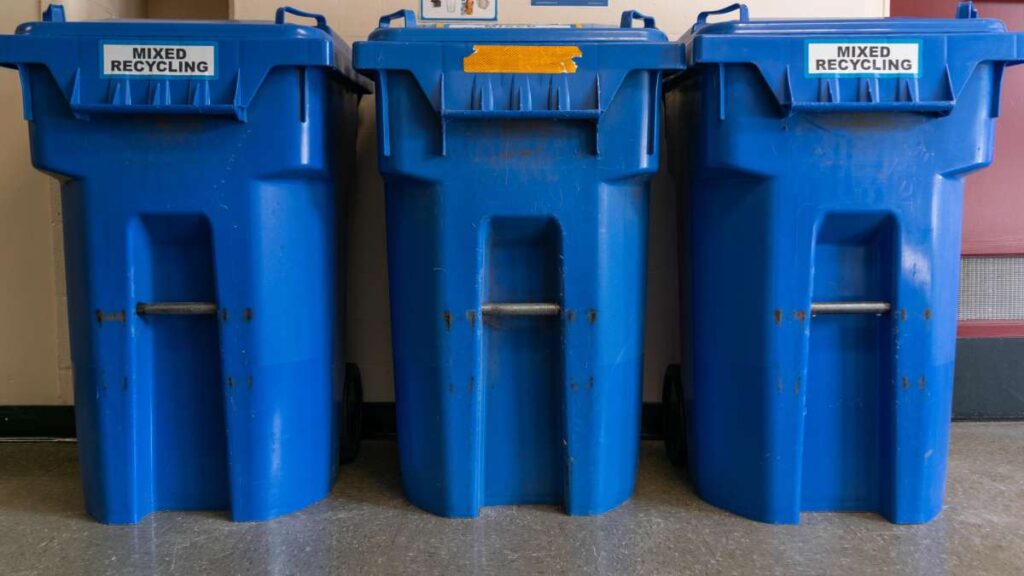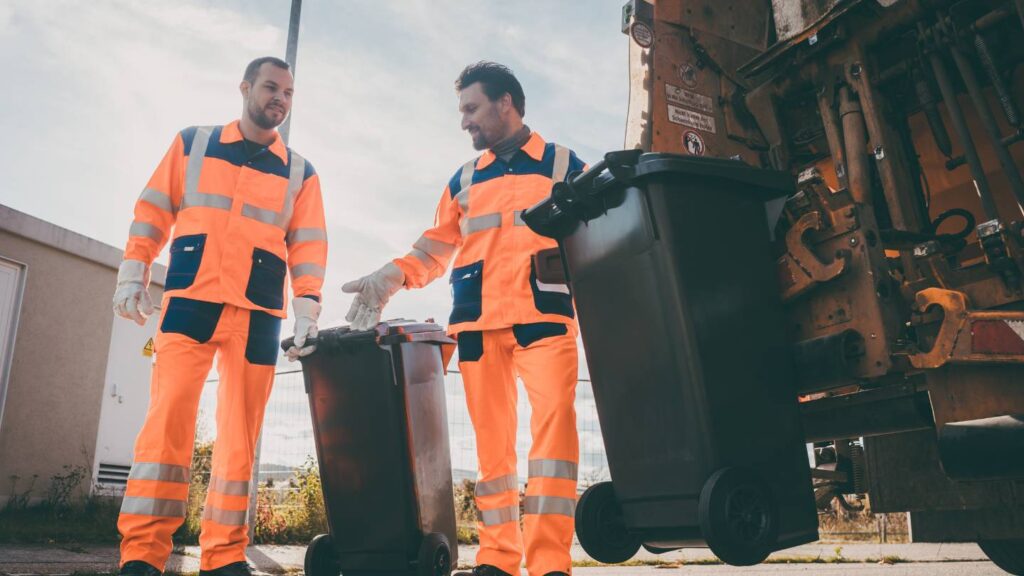The improper disposal of waste is a major contributor to the global pollution crisis we are currently experiencing. Trash has a tremendously negative effect on ecosystems and the animals within them. The planet and its ecosystems can only thrive if they support a wide variety of animal and plant species.
Unfortunately, human carelessness is leading to the contamination and destruction of natural habitats for many species. Because of this, wildlife populations have decreased, and the ecological balance has been disrupted. The effects of trash on wildlife and ecosystems, as well as ways to lessen those effects, will be discussed in this piece.
Can Rubbish Breakdown And Disappear?
Garbage, like food scraps, paper, and yard trimmings, naturally decompose. Taking this out of our trash cans lessens our load, and it can be recycled into compost at home or used in industrial-scale power plants.
Garbage, such as aluminium cans, plastic grocery bags, lithium-ion batteries, etc., does not biodegrade in the environment. It may take hundreds of years for them to decompose, and they can contaminate soil and water supplies, leading to ecological damage and the extinction of wildlife.
In response, the government has enacted regulations to ensure that trash is disposed of in an ethical manner. But we can only make a difference if everyone does their part to recycle properly, avoid littering, and reduce waste.
How Does Plastic Pollution Affect Wildlife?
Plastic's Impact On Wildlife Is Alarming
The devastating effects of plastic pollution on wildlife are only one aspect of this problem. Plastic pollution can occur in a variety of ways, such as when someone carelessly throws an item on the ground or when the wind blows trash out of a recycling bin or a landfill. Pollution occurs whether or not it is purposeful.
Animals face a particularly high risk from plastic pollution. Marine animals, in particular, may misinterpret floating plastic trash as a tasty treat. Wildlife that becomes entangled in the trash is helpless and unable to defend itself from the effects of plastic pollution on their habitats. Unfortunately, plastic pollution can be avoided entirely. When animals ingest plastic bags, it can have serious consequences for their ecosystem.
The Hazards of Animals Consuming Plastic Pollution
Once plastic pollution has accumulated, it will remain there indefinitely because plastic does not biodegrade. Thin plastic, such as single-use plastic shopping bags, can easily be mistaken for jellyfish, which poses a serious threat to marine animals that eat jellyfish. If an animal eats a piece of plastic too big for its stomach, it could choke to death or mistake the plastic pollution for food because of the way it takes up space in its stomach. Both of these are likely to end in a distressing and unpleasant manner of death.
Pollution's Effect on the Food Chain
Plastic can deteriorate into smaller pieces if left outside in the elements for a long enough time. Because of their small size, marine animals are more likely to unwittingly consume these fragments. While smaller pieces of plastic are less likely to cause obstructions in the digestive tract, they are still extremely harmful.
According to research, when an animal eats plastic, the plastic's elements can be absorbed into the animal's body because the plastic's chemicals have leached into the flesh of the animal. This is a problem not only for the animal in question and its own species but also for animals higher up the food chain. Plastic compounds are ingested by the animal that consumes the prey containing plastic, and this poses a threat to animals further down the food chain.
Plastic Pollution Can Entangle Animals
Although the ingestion of plastic is a terrible problem, pollution from plastic is harmful even if it is not ingested. When animals get caught in plastic, it can cause a wide range of issues. A disposable plastic bag can be fatal if it suffocates an animal, preventing it from breathing or eating. However, there are times when an animal has no way of protecting itself or its young. Animals have been found dead after becoming entangled in plastic trash, which then cut into their skin.
The effect of Pollution Is Widespread.
Because of its widespread potential, plastic pollution is a major cause for concern for wildlife. Since the natural order of things is altered, even if just one animal consumes some trash plastic or becomes entangled in a disposable shopping bag, there is no such thing as an isolated incident of plastic pollution.
Catastrophic Effects Of Littering On Humans
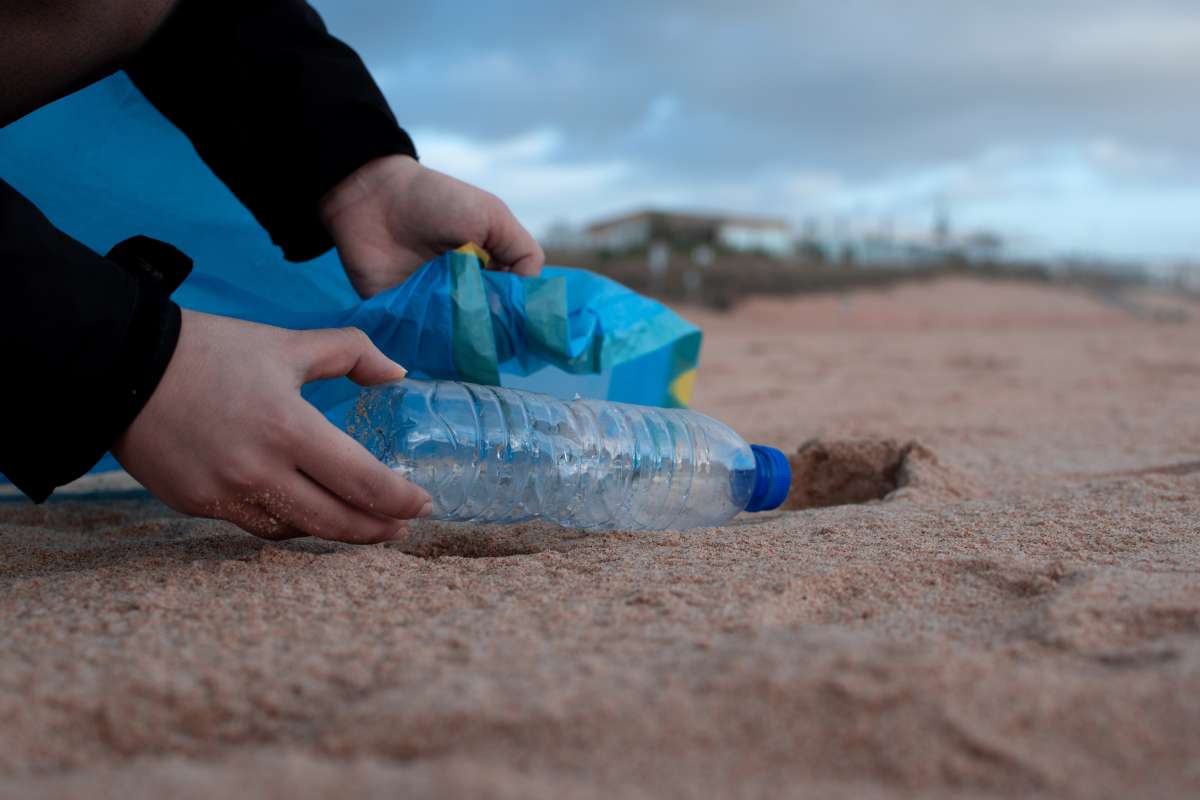
Clean-up is Cumbersome and Eats at Taxpayers Money
There are many issues that arise when people litter. The first logistical issue that littering causes is the constant need to pick up trash that has been carelessly discarded. If not cleaned up, the dirt will be an eyesore and a blight on the landscape.
Additionally, municipalities frequently need to employ people to clean up the mess. This is accomplished by levying additional taxes on all residents, including those who choose not to litter.
Diseases
A breeding ground for bacteria, litter spreads disease from place to place as it accumulates. This exposes the public to germs, which could spread diseases like cholera and typhoid if the litter winds up in water supplies or is brought into homes by animals and birds. Cities can be completely wiped out if residents fall victim to the diseases that spread throughout them.
Pathogens can be transmitted from person to person through litter, which can result in injury or illness. This is especially true when the litter consists of sharp objects like broken glass or rusty metal cans. For instance, rusty metals and dirty glass can cut into the skin and lead to infections like tetanus.
Disruption of the Waterways
Waterways can be harmed by litter. When plastics are dumped improperly, they follow the water's path during storms and find their way into storm drains and sewer systems.
Sieves placed alongside pipes become clogged with litter over time. Because the clogs prevent water from draining or flowing, the pipes often burst.
When pipes burst, or drains become clogged, it often results in the overflow of raw sewage or even flooding. Typhoid, cholera, and malaria all have a strong correlation with flooding and the free flow of raw sewage.
Pests and Harmful Animals
Dead insects and rats can flourish in the conditions created by litter. The pests themselves may spread disease, and in other cases, they may draw in even more dangerous wildlife, like snakes.
The extremely poisonous king cobra, for instance, subsists on the non-venomous rat snake, which in turn subsists on the rats attracted to the filth of litter.
Compounded Littering
It's also important to remember that squalor begets squalor. People have a tendency to add to the litter problem once they see it starting in a certain area.
Such egocentric actions and lack of regard for personal hygiene lead to an increase in littering at the scene. Over time, it exacerbates the aforementioned issues and, more importantly, makes cleanup more laborious.
Plastics, Jars and Bottles
Plastic grocery bags, jars, and bottles are just some of the many disposable plastic items that contribute to the world's growing litter problem and the overflow of landfills.
This trash doesn't just end up in dumps, though; it also clogs up our streets, rivers, and fields. The World Wide Fund for Nature reports that the 1.5 million tonnes of plastic used in bottled water each year is a major environmental problem.
Litter can Cause Accidental Harm.
Vehicles contacting litter or drivers attempting to avoid it can both lead to accidents. Playground trash can cause serious injuries to young children who trip and fall on it.
Toxic chemicals, broken glass, and other trash can cause serious injuries to humans. An epidemic may start because of the pathogens in the litter.
Floating or submerged large debris, such as abandoned fishing nets and lines, pose the greatest danger to ship navigation. Vessels can sustain damage to their hulls and propellers if they come into contact with large objects or if lines and nets become entangled in the propellers or motor intakes.
Humans can get caught in netts and lines while swimming or diving, in addition to being injured by sharp debris that washes up on beaches.
It's not uncommon for SCUBA divers to get caught in nets or lines. They can usually break free on their own. Entanglement of this sort has occasionally led to serious harm or even fatalities.
Harmful Effects Of Littering On the Environment
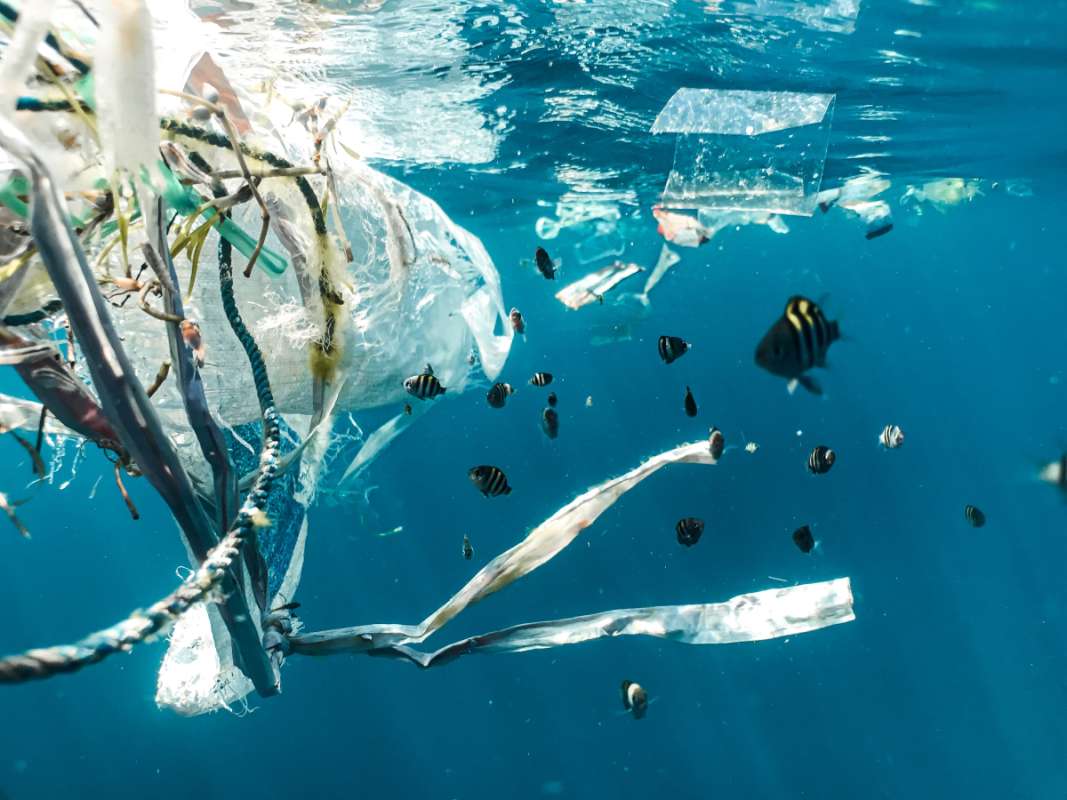
Uncomfortable and Unpleasant
Litter spoils the natural beauty of the area. When the trash is left lying around, it ruins the look of the area. To rephrase, being in a littered area is a terrible experience.
Since most people won't visit a dirty town or city, economic losses are a direct result of littering. Businesses in these areas always lose out in the end. The economic value of the environment declines because of the widespread disgust with litter.
Pollution of the Soil, Water, and Air is Caused by Littering
Dangerous chemicals can seep into soil from things like litter, contaminated water, gasoline, and consumer trash. Litter's byproducts, including toxins, are absorbed by the soil and have negative effects on vegetation. The plant growth is inhibited by the contaminants, and the crops do not flourish.
The local fauna then consumes the tainted crops or soil-dwelling worms, potentially causing illness. Humans who eat infected crops or animals that eat infected crops also run the risk of health problems.
Human and industrial waste pollutes Earth's water supply and seeps into nearby bodies of water via runoff. Ecosystems in rivers and ponds may be destroyed if the water is too toxic for plants.
When fish and other animals drink polluted water, they may experience health problems or even death as a result of the toxins in the water. Eating animals that have consumed contaminated water can also make humans sick.
Burning trash is a common method of disposal, but it also adds to pollution levels in the atmosphere. The combustion process can release significant amounts of toxic gases and particles into the atmosphere. Humans and other animals are vulnerable to the pollutants' effects on their respiratory systems and overall health.
Fire Hazard
The spread of fire is another environmental risk posed by littering. Both plastic and paper trash is highly combustible, which means that once ignited, they can quickly spread fire to other nearby materials.
In addition to discarded cigarettes, lighted matchsticks and other forms of litter can also serve as potential ignition sources for fires.
Glass could also serve as a fire starter. Bottle glass is typically shaped to concentrate the sun's rays. When the sun hits the glass in just the right way, it can concentrate its rays into a pinpoint of light hot enough to ignite dry leaf or paper, allowing for the creation of a fire.
Algal Blooms
The rapid proliferation of algae in water bodies is known as algal blooms. The introduction of organic waste into waterways and other bodies of water causes algal blooms. Algae blooms result from the decomposition of organic waste, which releases nutrients that the algae can use to grow rapidly.
The algae grow in a thick carpet-like layer on the water's surface, suffocating any marine life that might be below it. Aquatic animals may be killed by the toxins produced by some algae.
Chemical Contamination
Litter, especially if it contains chemicals, is harmful to the environment. The accumulation of litter over extended periods of time in terrestrial environments can result in the gradual leaching of contaminants like heavy metals into the ground. This is especially true when batteries for electronic devices are thrown away improperly.
The problem may be even more severe in water because of how delicate the ecosystem there is. Simple organic waste is just one type of littering pollution that can have far-reaching effects on the aquatic ecosystem below by altering the pH balance, nutrient content, and even temperature of the water.
FAQs About Rubbish Impact
Rubbish can have several negative impacts on wildlife and ecosystems, including ingestion of harmful materials, habitat destruction, and entanglement in debris.
When wildlife ingest rubbish, it can cause blockages in their digestive system, leading to illness and death. Some materials, such as plastic, can also release harmful chemicals into an animal's body.
Improperly disposed of rubbish can accumulate and cover areas where plants and animals live, making it difficult for them to survive. In addition, rubbish can introduce non-native species and disrupt the balance of ecosystems.
Wildlife can become entangled in rubbish, such as fishing nets or plastic bags, which can lead to injury, suffocation, or drowning.
Proper waste management, including recycling and responsible disposal, can help reduce the amount of rubbish that ends up in wildlife habitats. In addition, initiatives to clean up litter and educate the public on the impact of rubbish can also help.
Conclusion
One of the primary causes of the global environmental crisis is improper garbage disposal, which results in pollution and destruction of natural habitats. This has a significant impact on various animal populations. Governments worldwide have implemented regulations to ensure proper waste management. Plastic pollution can originate from reckless littering, as well as wind-blown garbage from landfills and recycling centres. Floating plastic debris is particularly dangerous to marine life since animals may mistake it for food.
Plastic pollution has severe repercussions on ecosystems, as animals that consume plastic bags face significant health risks. The global distribution of plastic waste poses a significant threat to wildlife. Marine species that feed on jellyfish are vulnerable to ingesting thin plastic, such as single-use plastic shopping bags. Additionally, plastic can break down into smaller pieces that are easily consumed by animals lower on the food chain. Animals that become entangled in plastic debris can suffer from asphyxiation and death.
Littering poses catastrophic consequences for humankind, including the spread of disease, waterway disruption, the attraction of pests and hazardous animals, and the need to pick up garbage. Raw sewage overflow, flooding, and the spread of diseases like cholera and typhoid are all possible outcomes. Compound littering occurs when people add to the litter problem after it has already begun in a particular area. Plastic grocery bags, jars, and bottles are significant contributors to the global litter problem.
Littering poses severe risks to children, who can sustain severe injuries from hazardous materials such as broken glass and dangerous substances. Businesses in trashed areas can suffer due to the diminished aesthetic value of the area. Litter's harmful substances are deposited into the soil, where they can have severe impacts on plant life. Burning garbage releases toxic gases and particles into the air, while human and industrial waste pollutes the water supply.
Littering also poses a risk of fire, as glass can be used as a fire starter, and plastic and paper waste burn quickly. The decomposition of organic waste releases nutrients that can lead to the rapid increase of the algae population, causing an algal bloom. Chemical pollution is another issue, as it can cause localised groundwater contamination, and alter water pH, nutrient content, and temperature.
Content Summary
- Improper waste disposal is a major contributor to global pollution.
- Trash has a tremendously negative effect on ecosystems and wildlife.
- Wildlife populations have decreased, and the ecological balance has been disrupted.
- Garbage, like food scraps, paper, and yard trimmings, naturally decompose.
- Aluminium cans, plastic grocery bags, lithium-ion batteries, etc., do not biodegrade in the environment.
- Plastic pollution can occur in a variety of ways.
- Animals face a particularly high risk from plastic pollution.
- Plastic pollution can be avoided entirely.
- When animals ingest plastic bags, it can have serious consequences for their ecosystem.
- Plastic can deteriorate into smaller pieces if left outside in the elements for a long enough time.
- When an animal eats plastic, the plastic's elements can be absorbed into the animal's body.
- Pollution from plastic is harmful even if it is not ingested.
- Plastic pollution is a major cause for concern for wildlife.
- The first logistical issue that littering causes is the constant need to pick up trash that has been carelessly discarded.
- Additionally, municipalities frequently need to employ people to clean up the mess.
- Litter spreads disease from place to place as it accumulates.
- Pathogens can be transmitted from person to person through litter.
- Rusty metals and dirty glass can cut into the skin and lead to infections like tetanus.
- Waterways can be harmed by litter.
- Plastic pollution is alarming.
- Animals that become entangled in the trash is helpless.
- Wildlife can misinterpret floating plastic trash as a tasty treat.
- Plastic pollution can lead to ecological damage and the extinction of wildlife.
- The government has enacted regulations to ensure that trash is disposed of in an ethical manner.
- We can only make a difference if everyone does their part to recycle properly, avoid littering, and reduce waste.
- When animals ingest plastic, it can lead to a distressing and unpleasant manner of death.
- Plastic compounds are ingested by the animal that consumes the prey containing plastic, and this poses a threat to animals further down the food chain.
- Plastic pollution can be avoided if proper care is taken.
- Animals have been found dead after becoming entangled in plastic trash.
- The effect of pollution is widespread.
